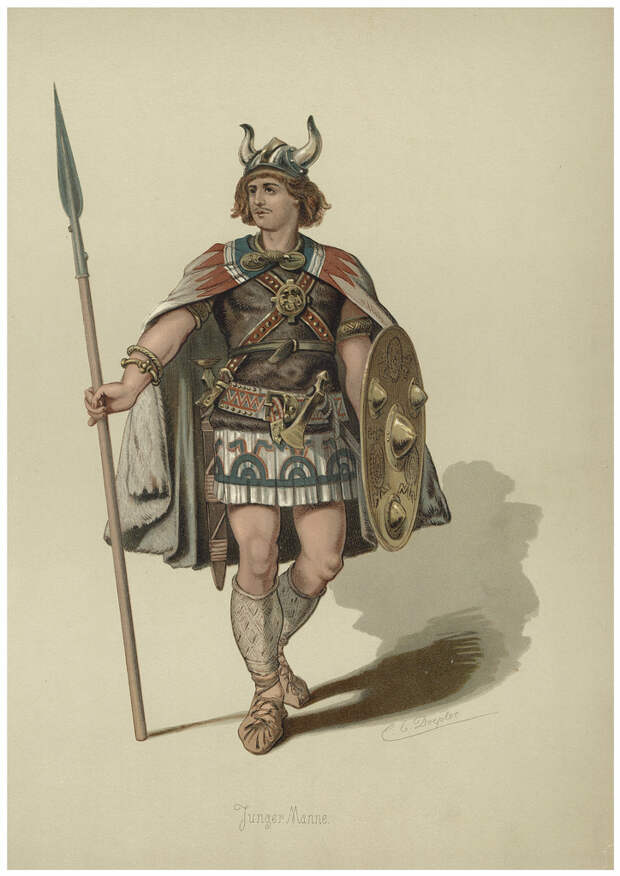Author: Matthew Richardson / Source: did you know?
History is our link to the past. Millions and millions of people are students of history, professional historians, history teachers, etc…yet somehow…millions and millions of people still latch onto ridiculous myths that have somehow withstood the test of time, despite the vast amount of knowledge available to us in an instant (Thanks, Google!
). Below are 7 common history myths that are in desperate need of a solid debunking.1. Vikings wore horned helmets
No. At no point in their history did Vikings wear horned helmets. I know that popular images and movies often depict their headgear in such a way – heck, even the Minnesota Vikings rock the look – but it doesn’t make it any more true. Their helmets actually looked like this:

The myth of the horned viking helmet didn’t actually start until the late 1800s. Costume designer Carl Emil Doepler, costumer for an 1876 production of Richard Wagner’s opera cycle Der Ring Des Nibelungen, included the horned helmets in his design. The designs were beautiful and the opera became iconic. The result? Viking helmets with horns became the new standard – despite the fact that they’re entirely mythical.

2. Napoleon was short
The myth of Napoleon’s less than impressive stature is so widespread and accepted as fact that psychologists have even named a complex after it. Unfortunately, it is not rooted in truth. Napoleon Bonaparte was not particularly tall…but he was not particularly short either. He was just…average.

There are a couple of reasons for the development of this myth.
First, back in the day the French used their own system of measurement, so when Napoleon’s height was listed as 5 feet 2 inches, it was actually in French units. But people see 5’2″ and jump to conclusions. This height was actually about 5 feet 6.5 inches in modern measurements. By today’s standards, this would be a short man; however, at the time, the average height was 5’7″. Adding to the confusion here was the fact that both the British and the French used ‘feet’ and ‘inches’ to describe their units of measurement…though the lengths for each unit were different.

And second, Napoleon was often seen with his highest ranking officers and Imperial Guard, all of whom were well above average height. This contributed to the belief that he was short – though he was, by definition, average.
More than likely, though, what solidified the myth of Napoleon’s less-than-stellar stature was the British portrayal of Napoleon in propaganda. For a number of years in Britain, propaganda displayed Napoleon as a tiny toddler-esque character, always struggling to compete with his counterparts on the world stage. The first and most enduring caricaturist to use this tactic was a man named James Gillray. It is not known whether Gillray invented the tiny-tot version of Napoleon himself, or if he borrowed it from anti-Napoleon pamphlets of the day, but his portrayals have endured the test of time.

3. Columbus discovered America
There are a number of things that we attribute to Christopher Columbus that he does not deserve. Some actually think he discovered that the world was round? Well, one of the most pervasive myths regarding ol’ Chris Columbus is that he ‘discovered’ America.
…
The post 7 Common History Myths appeared first on FeedBox.